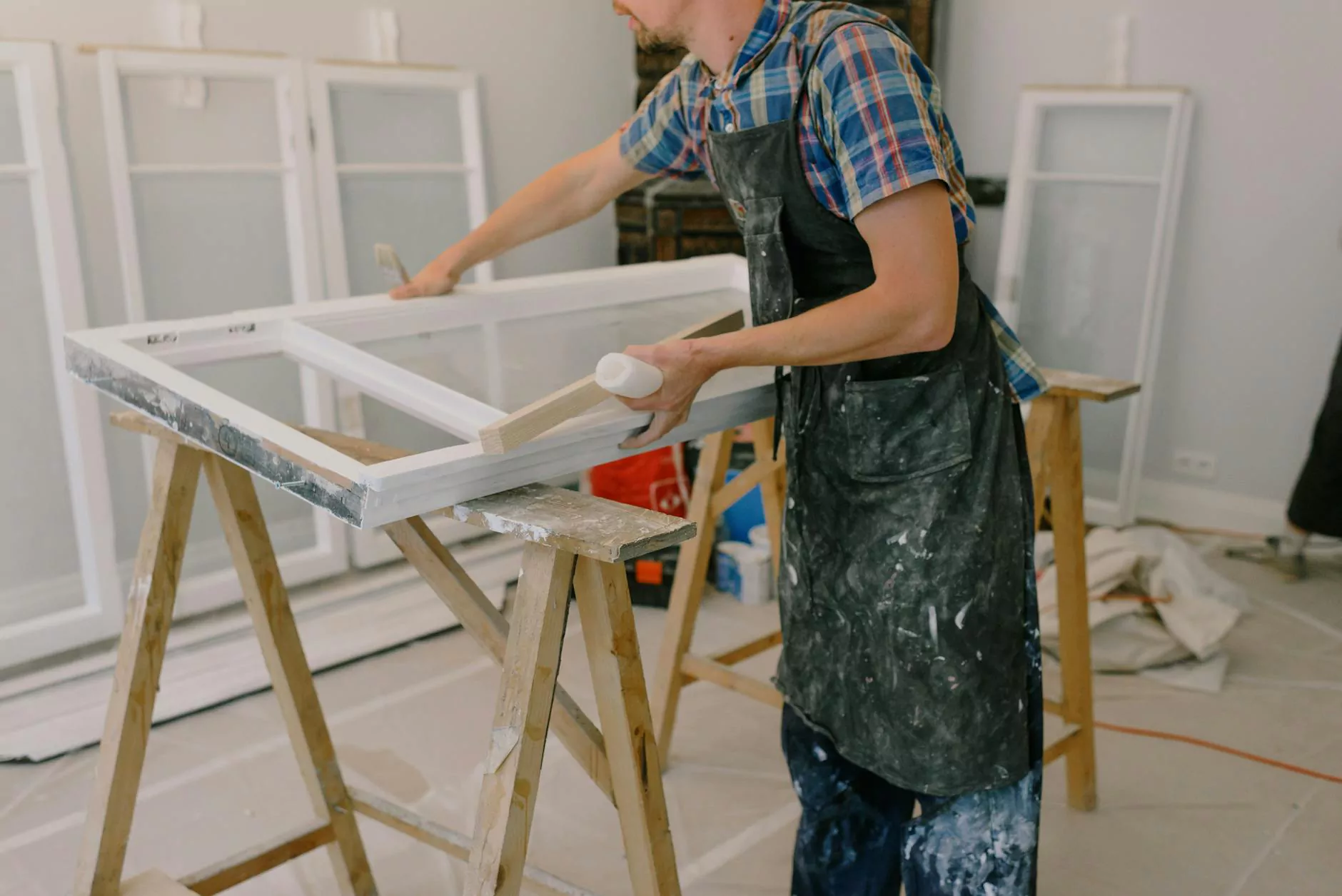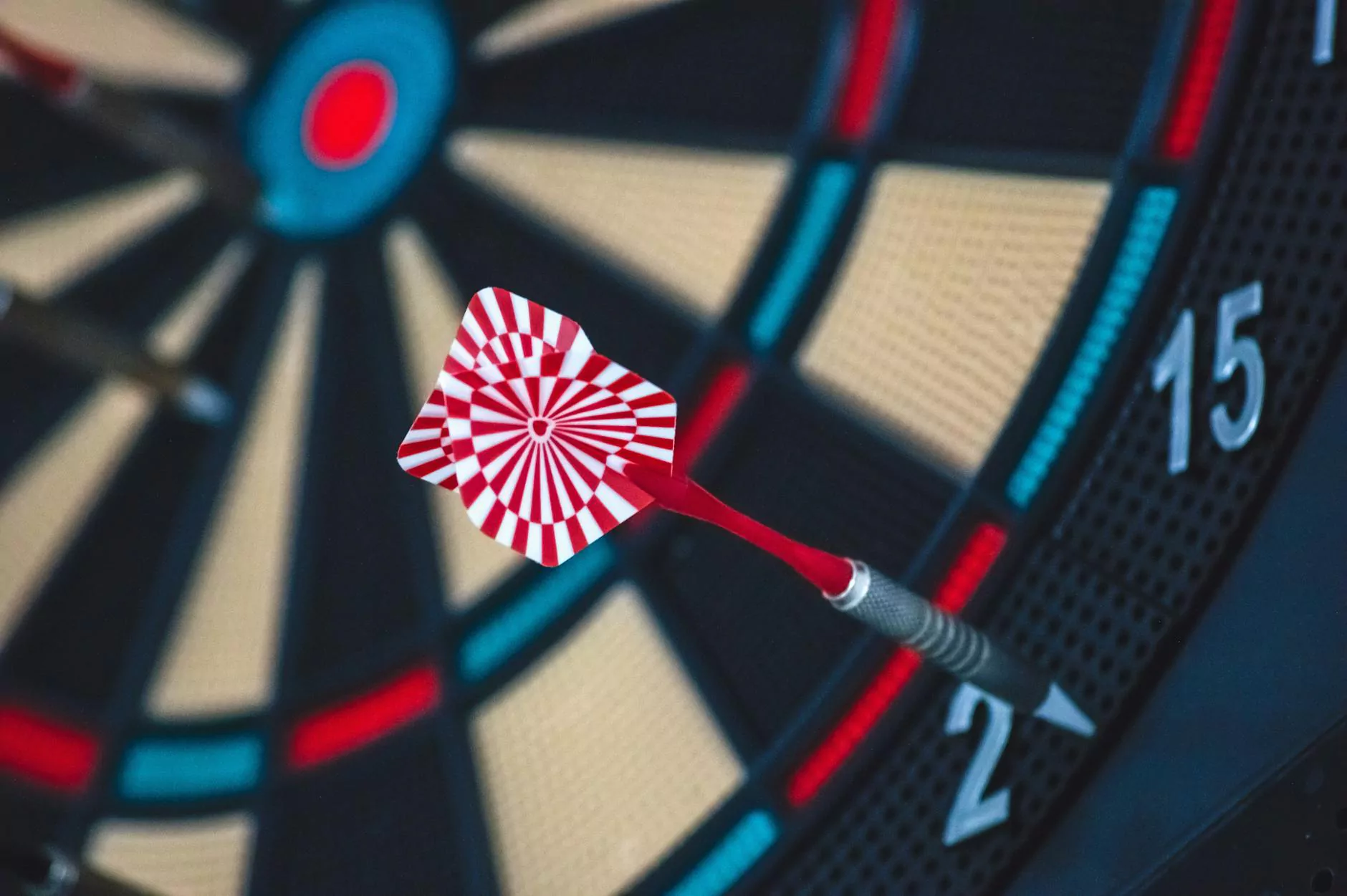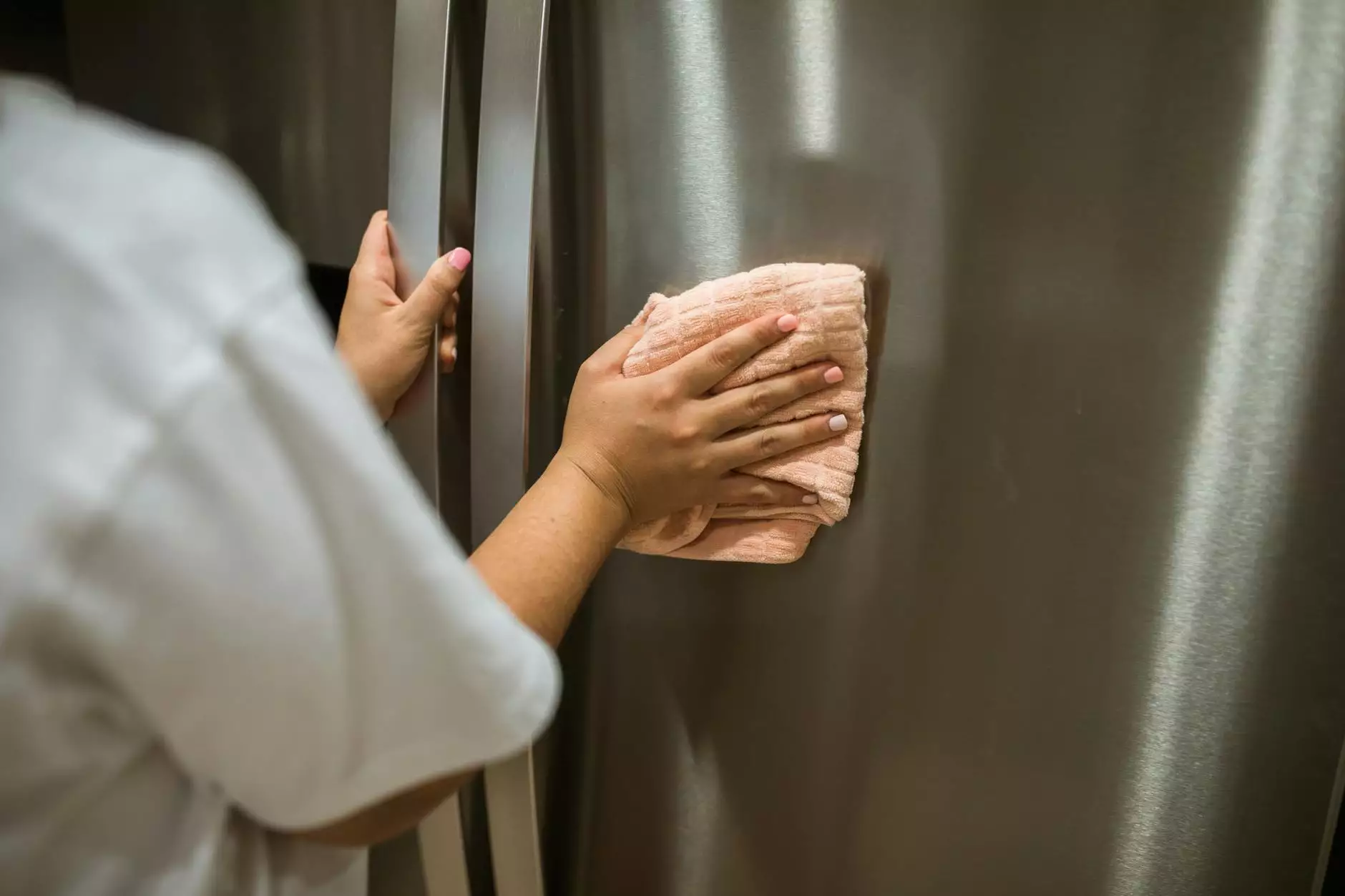Expert Guide to Plaster Pool Maintenance

Owning a swimming pool is a *luxurious and delightful* experience, offering countless hours of leisure and enjoyment. However, one crucial aspect of ensuring that your pool remains a *perfect oasis* is regular and thorough plaster pool maintenance. In this article, we will delve into everything you need to know about maintaining a plaster pool to keep it looking spectacular and functioning optimally.
What is Plaster Pool Maintenance?
Plaster pool maintenance encompasses various practices designed to enhance the durability, appearance, and overall health of plaster-coated pools. Plaster is a popular choice for pool finishes because of its *smooth texture* and *elegant look*, but it requires specific care routines to avoid issues like staining, etching, and degradation.
Understanding the Plaster Finish
Before delving into maintenance techniques, it's essential to understand what plaster is and why it’s favored. Plaster provides a *waterproof finish* that adheres well to the pool structure and offers a sleek surface. Its main components usually include:
- Cement – the primary binding agent.
- Sand – adds texture and durability.
- Water – activates the cement and creates a *hardened surface*.
Why is Regular Maintenance Necessary?
The beauty of a plaster pool can be easily overshadowed by neglect. Regular maintenance is vital for several reasons:
- Prevention of Damage – Regular maintenance helps prevent wear and tear caused by chemicals and environmental factors.
- Maintaining Aesthetics – Consistent care preserves the attractive finish of the plaster, preventing discoloration and stains.
- Longevity – Proper upkeep extends the life of your plaster, reducing the need for costly replacements.
Essential Tips for Plaster Pool Maintenance
1. Regular Cleaning
Your plaster pool requires regular cleaning to prevent algae buildup and stains. Here’s how to keep it pristine:
- Brushing: Use a nylon brush to scrub the walls and floor of your pool once a week. This removes dirt and prevents algae growth.
- Vacuuming: Invest in a good quality pool vacuum to remove debris and dirt from the pool floor.
- Skimming: Use a skimmer net daily to remove leaves and other floating debris.
2. Water Chemical Balancing
Maintaining the proper chemical balance in your pool is crucial. Here are key aspects to monitor:
- pH Levels: Keep your pool pH between 7.2 and 7.8. Imbalanced pH can lead to etching or scaling on the plaster surface.
- Chlorine Levels: Ensure proper sanitization by keeping chlorine levels at 1-3 ppm. This helps prevent bacteria and algae growth.
- Total Alkalinity: Maintain total alkalinity between 80-120 ppm to prevent extreme fluctuations in pH levels.
- Calcium Hardness: Aim for calcium hardness of 200 to 400 ppm to prevent the plaster from deteriorating due to low calcium levels.
3. Preventing Stains
Stains can quickly mar the beauty of your plaster pool. Here’s how to prevent and treat them:
- Regular Shock Treatments: Shock your pool regularly, especially after heavy use or after rainfall, to keep water clean.
- Stain Removal Treatments: For existing stains, consider using specialized stain removal chemicals or consult a professional service.
4. Maintaining Water Levels
Water levels can fluctuate due to evaporation or leaks. Regular monitoring is essential:
- Check Levels Weekly: Ensure the water level is at the skimmer’s halfway point to avoid malfunctions of the skimmer and pump.
- Add Water as Needed: Use a hose to refill the pool if water levels drop significantly. This is particularly important during hot summer months.
5. Winter Care
Proper winterization ensures your plaster pool remains in excellent condition during the colder months:
- Water Level Management: Lower the water level below the skimmer to prevent freeze damage.
- Cover Your Pool: Use a high-quality pool cover to keep debris out and protect the plaster finish.
- Winter Chemicals: Apply winterizing chemicals to help maintain water clarity and prevent algae growth until spring.
Factors Affecting Plaster Pool Longevity
Understanding the variables that impact the lifespan and quality of your plaster finish can significantly reduce the need for frequent maintenance or repairs:
- Water Chemistry: Fluctuations in water chemistry can lead to etching and scaling, severely affecting your plaster.
- Climate Conditions: Hot, sunny, or humid conditions can increase the need for maintenance and chemical balancing.
- Pool Usage: Heavy pool usage can lead to faster wear of the plaster surface. Ensure proper cleaning regimens are in place.
- Water Source: Using tap water with high levels of iron or copper can lead to staining. Regularly test the source and treat as necessary.
When to Seek Professional Help
While regular maintenance can be performed by pool owners, there are circumstances that demand the expertise of a professional. These include:
- Significant Staining: If stains persist despite your best efforts, professionals have access to more potent stain removal tools and chemicals.
- Cracks and Damage: Any visible damage, cracks, or peeling in the plaster should be addressed immediately by a professional to prevent further deterioration.
- Problems with Equipment: If you notice persistent issues with pumps, filters, or heaters, consult a technician to analyze and repair the problem.
Conclusion
Maintaining a plaster pool is not merely a chore but a rewarding task that ensures your investment remains intact. With consistent care and attention to water chemistry, regular cleaning, and addressing any potential issues promptly, you can enjoy a beautiful, sparkling pool for years to come.
For expert advice and services tailored to your plaster pool needs, consider visiting poolrenovation.com. With a dedicated team specializing in plaster pool maintenance and repairs, they offer professional solutions to enhance your swimming pool experience.









